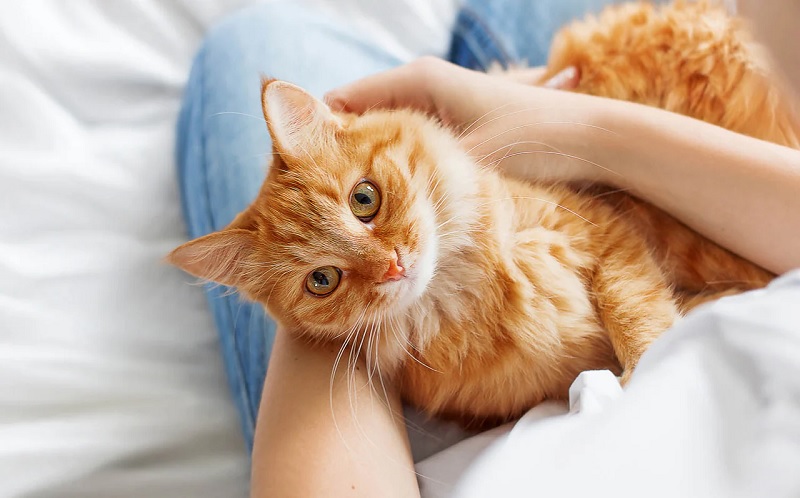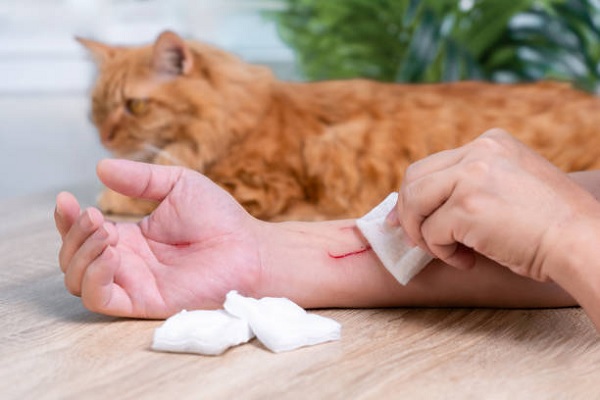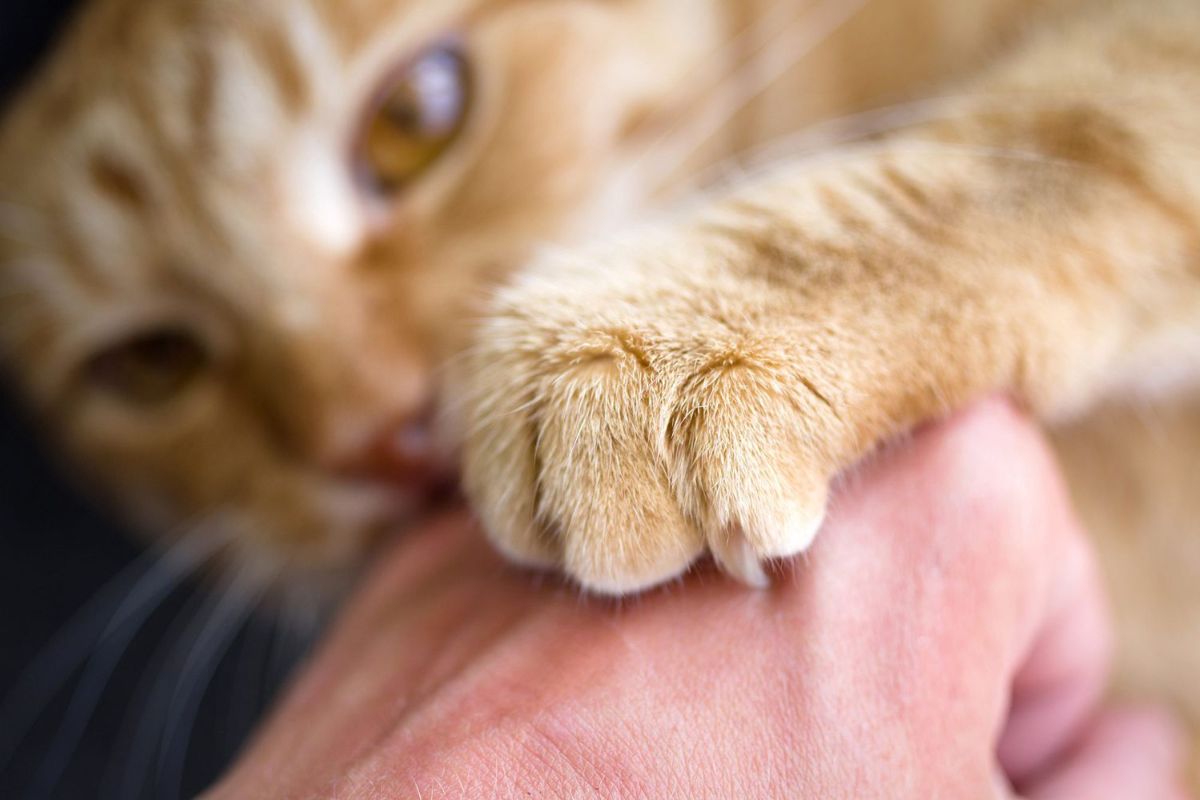How to Treat Cat Scratches on Skin: A Step-by-Step Guide
We all love our furry companions, but let’s be honest—every
While most of the time, these scratches are harmless and heal on their own, it’s important to know how to properly treat them to prevent any complications. In this guide, we’ll walk you through everything you need to know about treating
Why Do Cats Scratch?

Understanding why cats scratch in the first place can help prevent future incidents. Cats have claws that serve many purposes—hunting, climbing, and self-defense are just a few. Sometimes, they don’t realize their claws can cause harm.
Cats often scratch for these reasons:
- Playfulness: Sometimes, during play, a
cat may accidentally swipe too hard. - Defensive Behavior: If a
cat feels threatened, it might scratch to defend itself. - Territorial: Scratching is a way for cats to mark their territory.
- Stress or Fear: Cats sometimes lash out when they’re stressed or scared.
It’s important to recognize these cues and try to handle your
Immediate First Aid for Cat Scratches

When you’re scratched, the first thing you should do is clean the wound. Even if the scratch seems minor,
Here are the steps you should follow immediately after being scratched:
- Wash Your Hands: Before you touch the wound, wash your hands with soap and water to avoid transferring more bacteria to the scratch.
- Clean the Wound: Gently wash the scratch with mild soap and warm water. Take care to remove any dirt or debris.
- Disinfect the Area: Use an antiseptic like hydrogen peroxide or rubbing alcohol to kill bacteria. It may sting a little, but it’s worth it to prevent infection.
- Stop the Bleeding: If the scratch is bleeding, apply gentle pressure with a clean cloth or bandage. Elevating the area can help stop the bleeding faster.
- Apply an Antibiotic Ointment: Once the area is clean and dry, apply an over-the-counter antibiotic ointment like Neosporin to reduce the risk of infection.
- Cover the Scratch: Use a sterile bandage or gauze to cover the wound, especially if it’s in an area that could get dirty.
How to Properly Clean a Cat Scratch
Cleaning a scratch properly is crucial to ensure it heals well and doesn’t get infected. Even if the scratch looks minor, it’s always a good idea to give it some TLC. Here’s how you can clean it effectively:
Step-by-Step Cleaning Process:
- Wash the Area: Run warm water over the scratch for at least five minutes to wash out any dirt or bacteria.
- Mild Soap: Use a gentle, fragrance-free soap. Avoid harsh, scented products that can irritate the skin.
- Pat Dry: Gently pat the area dry with a clean towel or paper towel—don’t rub, as this can cause irritation.
- Antiseptic Application: Apply an antiseptic solution, ensuring it covers the entire scratched area.
- Hydration: Moisturize the area with a hydrating lotion, especially if the scratch is in a spot that may dry out.
What to Avoid:
- Hydrogen Peroxide on Deep Scratches: While it’s okay for minor cuts, it may slow healing if used too frequently.
- Harsh Chemicals: Avoid strong chemicals like bleach-based solutions—stick to skin-friendly antiseptics.
- Scratching or Itching: Refrain from scratching the area as it heals, even if it itches!
How to Treat Infected Cat Scratches
Sometimes, despite your best efforts, a
Signs of Infection:
- Redness and swelling around the scratch
- Warmth or pus around the area
- Increasing pain or tenderness
- Fever or chills (in severe cases)
Treating an Infected Scratch:
- Keep the Area Clean: Continue washing the area with soap and water twice a day.
- Antibiotic Ointment: Apply an antibiotic ointment regularly. If you notice the infection getting worse, switch to a stronger, prescription-based ointment after consulting a doctor.
- Warm Compress: Apply a warm, moist cloth to the area for 10–15 minutes to reduce swelling and promote healing.
- Seek Medical Attention: If the infection worsens or if you experience fever, it’s time to see a doctor. You might need oral antibiotics to fight the infection.
Preventing Cat Scratches in the Future
Preventing future scratches is possible with a few adjustments to how you handle and interact with your
Trim Your Cat ’s Nails
One of the easiest ways to reduce the damage from scratches is by regularly trimming your
Use Protective Measures
If trimming nails isn’t enough, consider using nail caps, which are soft, rubber-like coverings for your
Teach Gentle Play
Encouraging your
FAQs
How long does it take for a
Most
Can a
Yes, in some cases,
Should I apply antibiotic ointment to a
Yes, applying an over-the-counter antibiotic ointment can help prevent infection and promote faster healing.
Is it normal for a
Yes, itching is part of the healing process, but avoid scratching the area to prevent reopening the wound or causing an infection.
Can I still handle my
Yes, you can handle your
Conclusion
Cat scratches are part of the territory when you have a feline friend, but with the right care and treatment, you can handle them effectively. From cleaning the scratch to preventing infection and stopping future scratches, being proactive will ensure that your skin heals quickly and stays healthy. Remember, cats don’t mean to cause harm—most scratches are accidental or due to instinct.
Take care of the wound, and soon it will be just a memory of a playful encounter with your furry friend!






